After more than ten years with increasing focus on green investments, transition-linked financing is growing rapidly. Transition-linked financing is any form for investment where financial terms are linked to the achievement of stated goals within ESG (Environmental, Social and Governance), for example a percentage reduction in CO2 emissions. Banks and investors have for a long time offered sustainability-linked loans and bonds to the shipping industry. However, there has thus far been no standard criteria for such products. Over time, different institutions have set different criteria.
In recent years, the number of transactions related to the transition to low- and zero carbon shipping has rapidly increased, both in the form of bonds and corporate loans. These transactions often follow general guidelines, which in practice means that there can be a broad interpretation of which environmental and climate related measures that qualify as transition-linked financing. It has therefore not been possible to assess how ambitious the transition has been when it comes to reducing the negative impact on the climate and the environment.
Goal of pilot project
We believe that transition-linked financing will be a tool for achieving GSPs vision of greener shipping. There is a need for a higher level of standardization of what transition means in terms of climate-related key performance indicators (KPIs) and carbon reduction targets if transition-linked financing is to contribute to achieving this vision.
This presents a challenge the four big Nordic financial groups will now promote a solution for: The goal of the pilot project has therefore been to develop a guideline for transition-linked financing for the various stakeholders in the shipping industry.
The main goals of this project are to:
- Select KPIs
- Select standard KPIs for transition-linked financing in the shipping industry, considering the most important environmental and climate-related aspects.
- Define transition levels
- Define threshold values and/or intervals for each KPI.
- Develop a framework for transition-linked financing
- The implementation of KPIs and threshold values need to be structures into a framework for shipping companies to qualify for financing. The pilot will consider best practice and guidance from existing market standards.
The overall objective is to make it more attractive for the shipping industry to implement measures that reduce their climate and environmental impact.
Status
The finance industry has worked together and taken actions to make it more attractive for the shipping industry to implement measures that reduce their climate and environmental impact. This is an important step for this industry to reach the goal of zero GHG emissions within 2050. Therefore, the pilot has developed guidelines for transition-linked financing for the shipping industry. The pilot’s goal has been for banks and investors to agree on a guideline for transition-linked financing that the various stakeholders in the shipping industry will follow.
Transition-linked financing within the new framework will only be granted to projects in line with relevant external trajectories and targets, such as the Paris Agreement. Lenders are required to publicly report on aggregated lending volume and the resulting emission reductions. This is an important shift for both lender and borrower and will result in more transparency in the market. The guideline also sets requirements for shipping companies. Shipping companies must set emission reduction targets for the entire fleet. The shipping companies can select the most cost-efficient solutions to reach their targets, for example enhancing the energy efficiency for ships in operation or investing in zero emission solutions.
The targets will be assessed against carbon intensity trajectories designed to reach zero emissions in 2050. The pilot project has developed specific guidelines for shipowners seeking green loans and bonds – products that maintain integrity, ambition, and increase predictability and standardization for banks and investors. The final delivery the document “Guidelines for transition-linked financing” which contributes with a reporting mechanism for banks and investors with the aim to increase market transparency.
June 2023
The framework described here has been concretely applied. Sparebanken Vest confirms that it is an active user of this framework; Restructuring financing for shipping.

